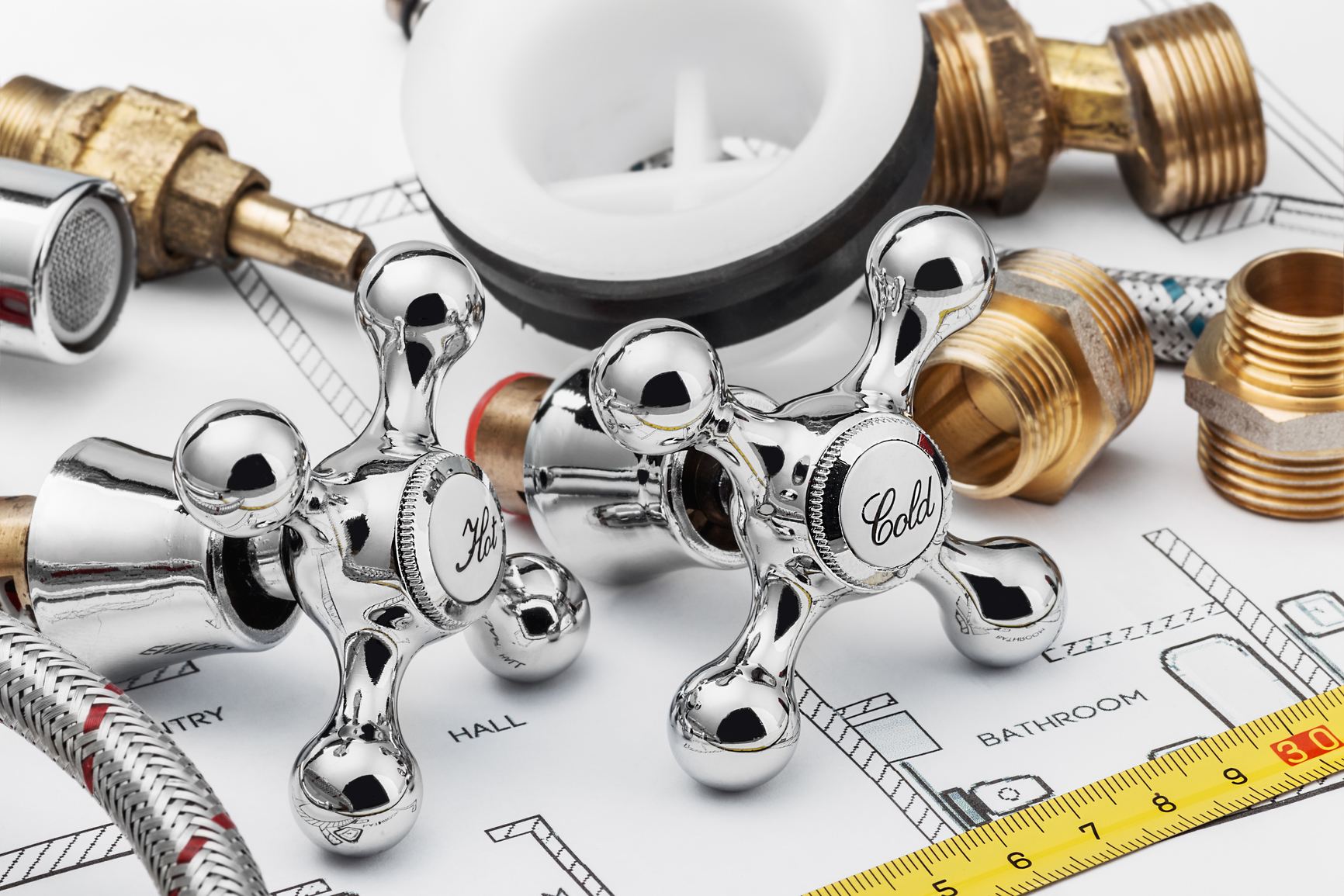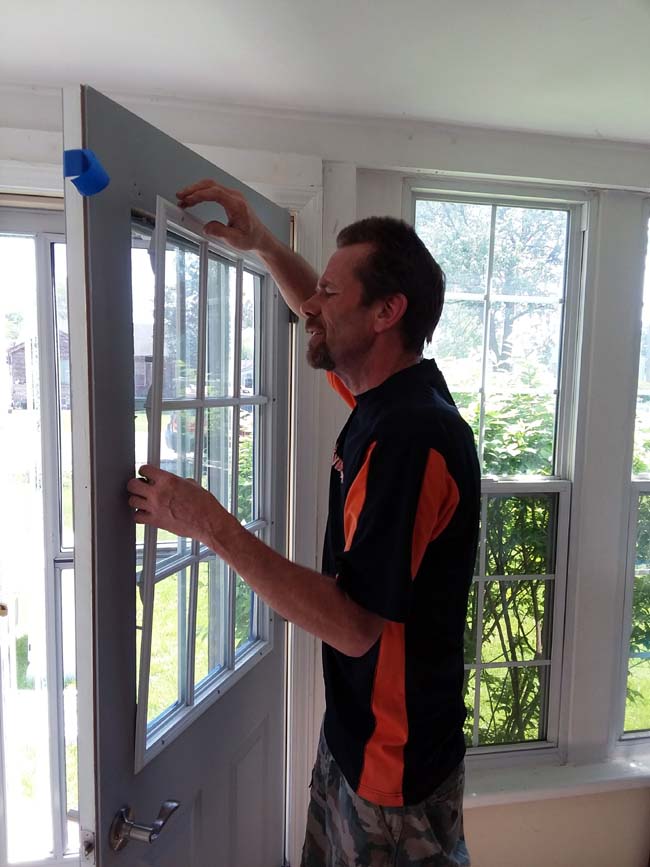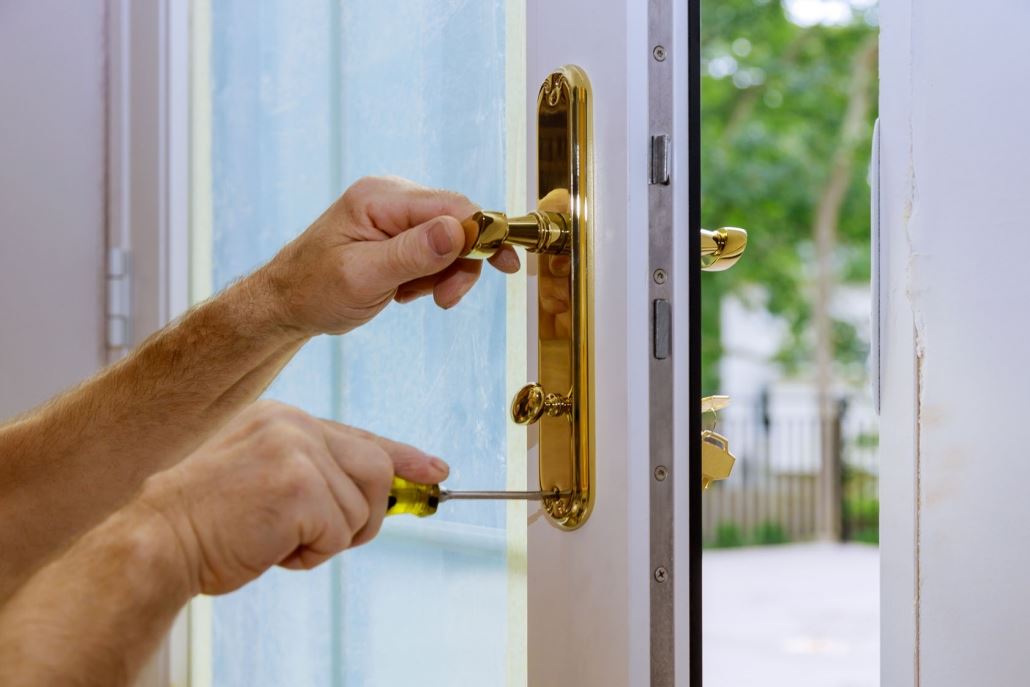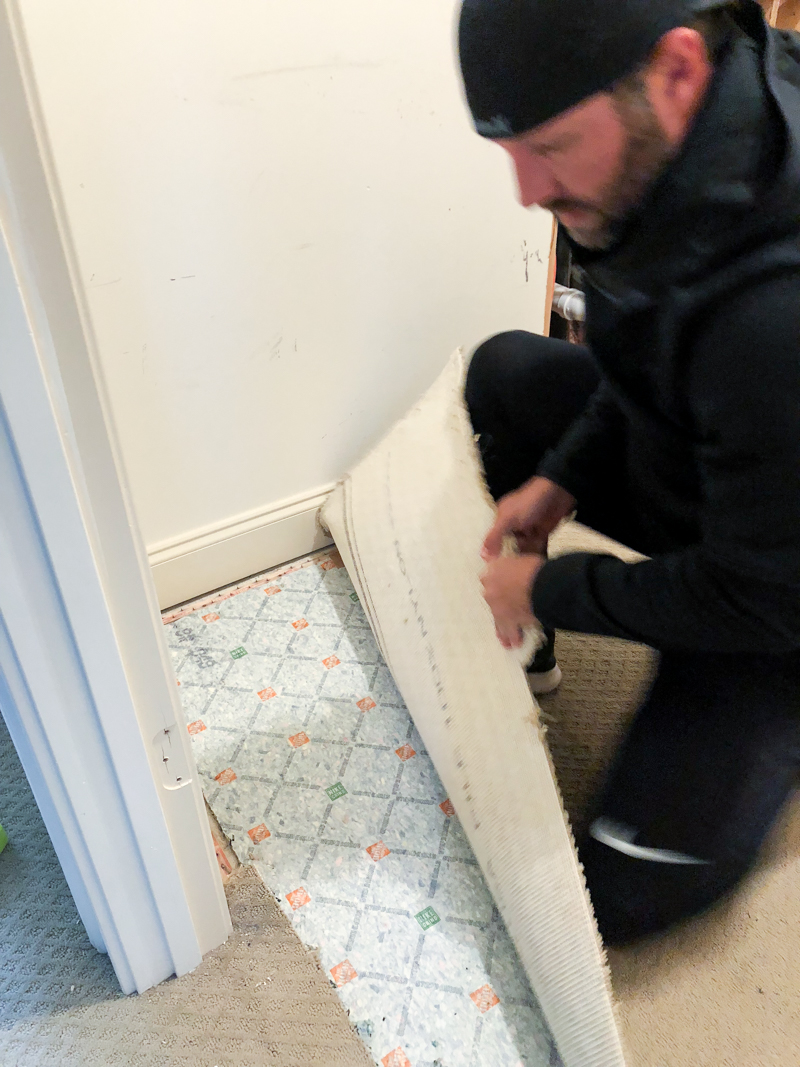Removing Furniture and Decorations
When it comes to gutting a living room, the first step is to remove all furniture and decorations. This includes sofas, chairs, tables, lamps, rugs, and any other items that are currently in the room. It's important to clear out the space completely so that you can have a clean and open area to work with. Make sure to carefully remove any delicate or valuable pieces to avoid damage.
Removing Flooring and Baseboards
Next, you'll want to remove the flooring and baseboards. This may be a bit more labor-intensive, depending on the type of flooring you have. If it's carpet, you'll need to pull it up and dispose of it properly. If you have hardwood or tile, you'll need to carefully remove it with the proper tools. Don't forget to remove the baseboards as well, using a pry bar to gently pry them off the wall.
Removing Drywall and Insulation
Once the room is cleared and the flooring is taken care of, you can move on to removing the drywall and insulation. This step is necessary if you're planning on changing the layout of the room or doing any major renovations. Use a hammer and pry bar to carefully remove the drywall, being mindful of any electrical wiring or plumbing that may be hidden behind it. You'll also need to dispose of the old insulation properly.
Removing Electrical and Plumbing Fixtures
If your living room has any electrical or plumbing fixtures, you'll need to remove those as well. This may include light switches, outlets, ceiling fans, and any other fixtures that are attached to the walls or ceiling. Make sure to turn off the power before removing any electrical fixtures and use caution when dealing with plumbing fixtures to avoid any potential leaks.
Removing Trim and Molding
Before you can move on to larger tasks, you'll need to remove the trim and molding from the walls and ceiling. Use a pry bar to gently remove the trim and molding, being careful not to damage the walls or ceiling in the process. If you plan on reusing any of these pieces, make sure to store them safely for later use.
Removing Ceiling and Light Fixtures
For those who want to completely change the look of their living room, removing the ceiling and light fixtures may be necessary. This can be a tricky task, so it's best to hire a professional to ensure it's done safely and correctly. If you're DIY-ing it, make sure to use the proper tools and follow safety precautions when dealing with electrical wiring.
Removing Windows and Doors
If you're doing a major renovation, you may need to remove and replace the windows and doors in your living room. This is a bigger task and may require the help of professionals, especially if you're dealing with large or heavy windows and doors. Make sure to measure and order the new windows and doors before removing the old ones to minimize the time your living room is without them.
Removing Built-in Shelving and Cabinets
Many living rooms have built-in shelving and cabinets that need to be removed before any major work can be done. Use a pry bar and hammer to gently remove these pieces, being careful not to damage the walls or surrounding areas. If you plan on reusing any of these pieces, make sure to properly store and label them for later use.
Removing Carpet and Padding
If your living room has carpet, you'll need to remove it and the padding underneath. This can be a messy and labor-intensive task, so make sure to wear gloves and a mask to protect yourself. Dispose of the old carpet and padding properly, and make sure to thoroughly clean the subfloor before moving on to the next step.
Removing Wallpaper and Paint
Lastly, you'll need to remove any wallpaper and paint from the walls. Use a wallpaper steamer to loosen and remove the wallpaper, and then use a scraper to gently remove any remaining residue. If you plan on painting the room, make sure to sand and prime the walls before getting started.
Now that you have a completely gutted living room, you can start fresh and create the space of your dreams. Remember to always dispose of any materials properly and follow safety precautions when dealing with electrical and plumbing fixtures. With these steps, you'll have a blank canvas to work with and the ability to transform your living room into a beautiful and functional space.
Transform Your Living Room with a Gutting Project

The Importance of a Well-Designed Living Room
 When it comes to house design, the living room is often considered the heart of the home. It is where family and friends gather to relax, entertain, and make memories. A well-designed living room can greatly enhance the overall aesthetic and functionality of a home. However, sometimes a living room can become outdated or cluttered, making it difficult to fully enjoy the space. This is where gutting comes in.
When it comes to house design, the living room is often considered the heart of the home. It is where family and friends gather to relax, entertain, and make memories. A well-designed living room can greatly enhance the overall aesthetic and functionality of a home. However, sometimes a living room can become outdated or cluttered, making it difficult to fully enjoy the space. This is where gutting comes in.
Gutting: What Is It and Why Is It Necessary?
 Gutting a living room involves completely removing all the existing fixtures, furniture, and finishes in the room. This may seem like a drastic measure, but it can actually be necessary in order to create a blank canvas for a complete redesign. It allows for a fresh start and the opportunity to customize the space based on your personal style and needs. Gutting can also help to identify any underlying issues, such as structural problems or outdated electrical and plumbing systems, that may need to be addressed before beginning the redecoration process.
Gutting a living room involves completely removing all the existing fixtures, furniture, and finishes in the room. This may seem like a drastic measure, but it can actually be necessary in order to create a blank canvas for a complete redesign. It allows for a fresh start and the opportunity to customize the space based on your personal style and needs. Gutting can also help to identify any underlying issues, such as structural problems or outdated electrical and plumbing systems, that may need to be addressed before beginning the redecoration process.
The Benefits of a Gutting Project
 Gutting a living room can bring a multitude of benefits to your home:
-
Increased Space and Functionality:
By removing unnecessary walls or fixtures, a gutting project can open up your living room and create a more spacious and functional layout. This is especially beneficial for smaller homes or those with limited living space.
-
Improved Aesthetic:
A gutting project allows you to completely transform the look and feel of your living room. You can choose new flooring, wall colors, and furniture to create a cohesive and visually appealing design.
-
Increased Home Value:
A well-designed living room can greatly increase the value of your home. If you are planning to sell in the future, a gutting project is a smart investment that can attract potential buyers and bring a higher selling price.
-
Personalization:
Gutting allows you to create a living room that reflects your personal style and meets your specific needs. You can choose everything from the color scheme and furniture to the lighting and décor, making it a truly customized space.
Gutting a living room can bring a multitude of benefits to your home:
-
Increased Space and Functionality:
By removing unnecessary walls or fixtures, a gutting project can open up your living room and create a more spacious and functional layout. This is especially beneficial for smaller homes or those with limited living space.
-
Improved Aesthetic:
A gutting project allows you to completely transform the look and feel of your living room. You can choose new flooring, wall colors, and furniture to create a cohesive and visually appealing design.
-
Increased Home Value:
A well-designed living room can greatly increase the value of your home. If you are planning to sell in the future, a gutting project is a smart investment that can attract potential buyers and bring a higher selling price.
-
Personalization:
Gutting allows you to create a living room that reflects your personal style and meets your specific needs. You can choose everything from the color scheme and furniture to the lighting and décor, making it a truly customized space.





















:max_bytes(150000):strip_icc()/how-to-lay-laminate-flooring-1822250-01-0b84ff37785a4f8b94ab8bd30c300bfb.jpg)

















































































/Removingwallpaper-GettyImages-473464062-41424d58dee84c0c9f62f1c65e537f0f.jpg)












